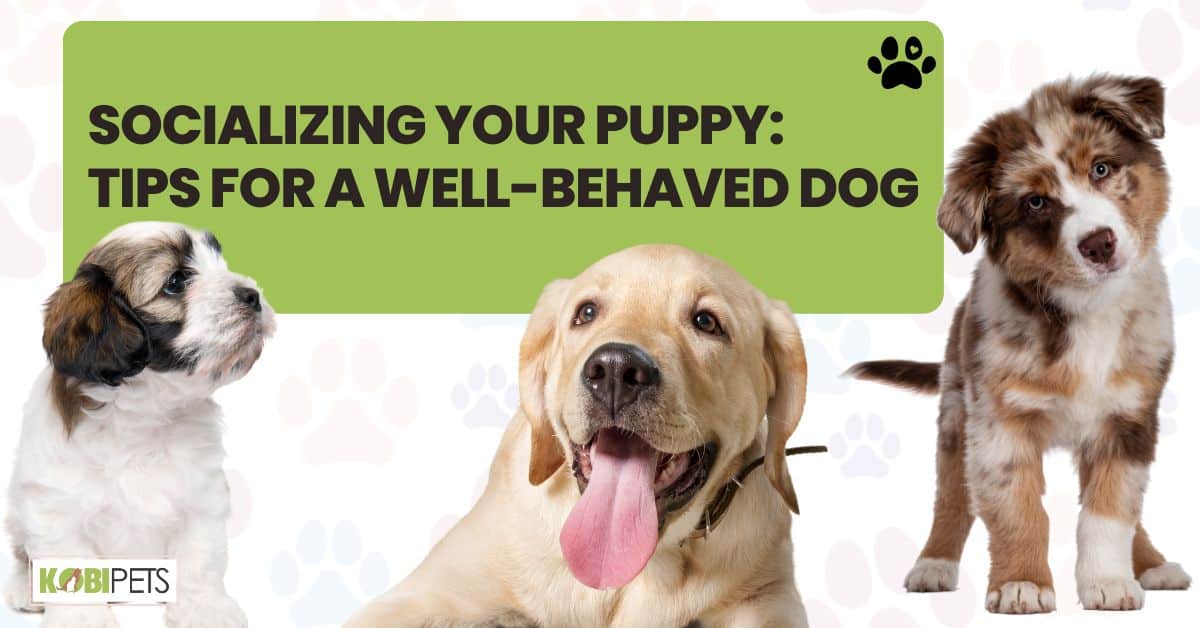
Introducing a new puppy into the home can be an exciting and rewarding experience, but it also requires responsibility. Socializing your puppy is one of the key steps towards ensuring that you have a well-behaved dog that is comfortable in different social settings.
In this article, we will discuss the importance of socializing a puppy for both the pup and the owner, as well as provide tips for effectively socializing your puppy. Read on to learn how to ensure that your puppy is a friendly and sociable pet!
The Importance of Socializing a Puppy for a Well-Behaved Dog
Socializing puppies is of the utmost importance for developing a well-behaved dog. This involves exposing your pup to a variety of people, animals, and environments in order to help them become accustomed to different sights and sounds.
From an early age, take your puppy out for walks and have him interact with other dogs. Be sure he’s comfortable being around people – let children pet him, invite friends over regularly, and attend obedience training classes with other puppies.
You can also introduce your pup to new places like the park or beach, maybe even road trips! The more he experiences something different, the less fearful he’ll be later on in life when confronted with it again.
Your pup will also be more relaxed around unfamiliar people or objects and better able to handle whatever comes his way without getting overwhelmed. With positive socialization, you’ll end up with a happy pup who is friendlier and better behaved than one who hasn’t been exposed to proper socializing techniques.
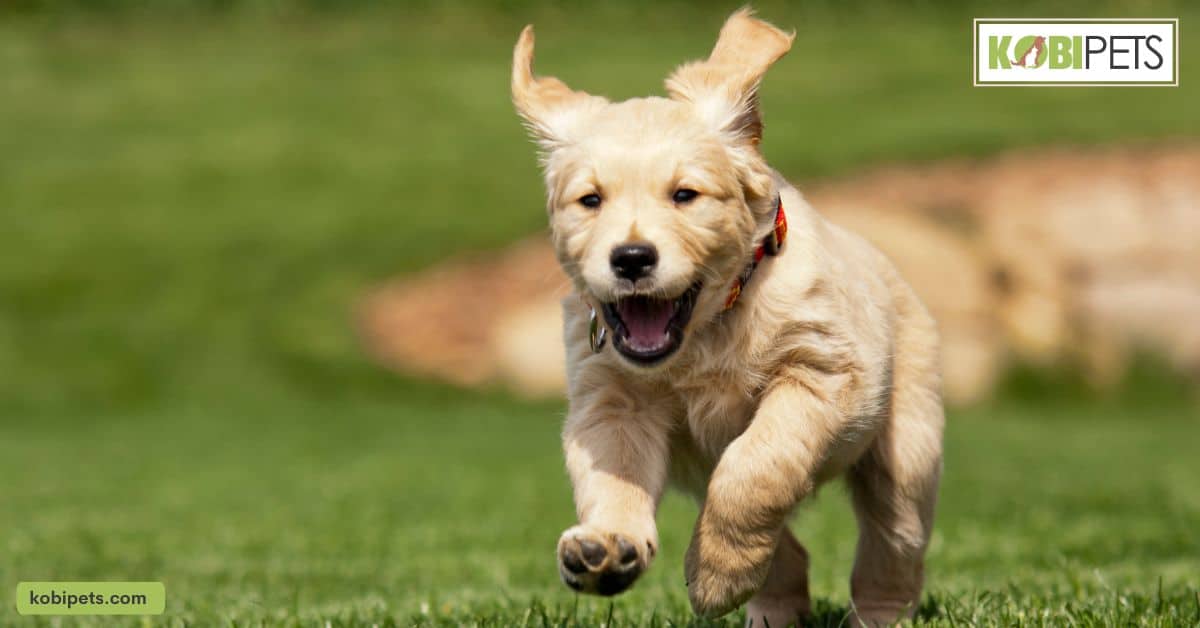
Benefits of Socialization for the Puppy and the Owner
Socialization is the process of exposing a puppy to different people, animals, and environments in a controlled and positive manner in order to help them become well-adjusted, confident, and well-behaved adult dogs. There are many benefits to socialization for both the puppy and the owner, including:
- For the puppy: Socialization helps puppies learn how to interact appropriately with other dogs and people, reducing the likelihood of fear, anxiety, and aggression later in life. It also helps them become more confident and adaptable to new situations, which can make them easier to train and manage.
- For the owner: Socialized puppies are typically easier to live with, as they are less likely to be fearful, anxious, or aggressive, and more likely to be well-behaved and responsive to training. Socialization also helps owners build a stronger bond with their puppies, as they learn to understand and communicate with each other.
It’s best to start socialization as early as possible, ideally between 3 and 14 weeks of age, when puppies are most receptive to new experiences. It is, however, never too late to socialize a dog.

Starting Socialization Early
Starting socialization early is crucial for puppies, as they have a “critical period” for socialization between 3 and 14 weeks of age. During this time, puppies are most receptive to new experiences and are more likely to form positive associations with them.
Socializing a puppy during this critical period can help ensure that they become well-adjusted, confident, and well-behaved adult dogs. There are several techniques that can be used to socialize a puppy:
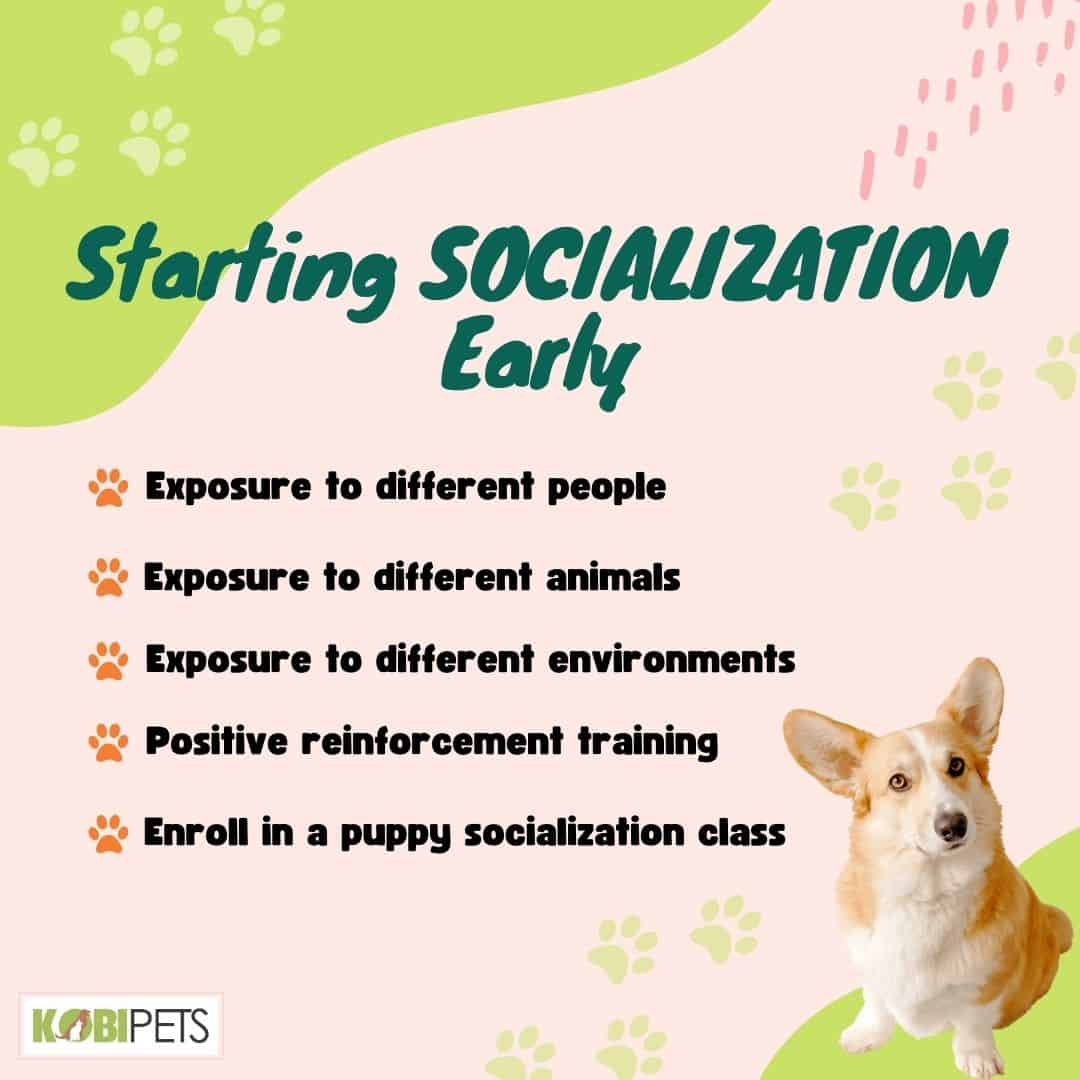
Starting Socialization Early
- Exposure to different people: Introduce your puppy to a variety of people, including men, women, children, and people of different ages, races, and ethnicities.
- Exposure to different animals: Allow your puppy to interact with other dogs and animals, such as cats, birds, and even livestock if possible.
- Exposure to different environments: Take your puppy to different places, such as parks, stores, and on walks, to help them become accustomed to different sights, sounds, and smells.
- Positive reinforcement training: Use positive reinforcement training techniques, such as treats and praise, to encourage your puppy to interact with new people, animals, and environments.
- Enroll in a puppy socialization class: Puppy socialization classes are a great way to socialize your puppy with other dogs and people in a controlled and positive environment.
It’s important to note that socialization should be done in a positive, controlled manner and that exposing a puppy to too many new experiences too quickly can be overwhelming and potentially harmful.
Exposing Your Puppy to Different People, Places, and Things
Exposing your puppy to different people, places, and things is an important part of socialization. The more varied experiences a puppy has, the more confident and well-adjusted it will be as an adult.
It’s important to expose your puppy to a variety of people, animals, and environments in a controlled and positive manner, so they can learn to adapt and thrive in different situations.
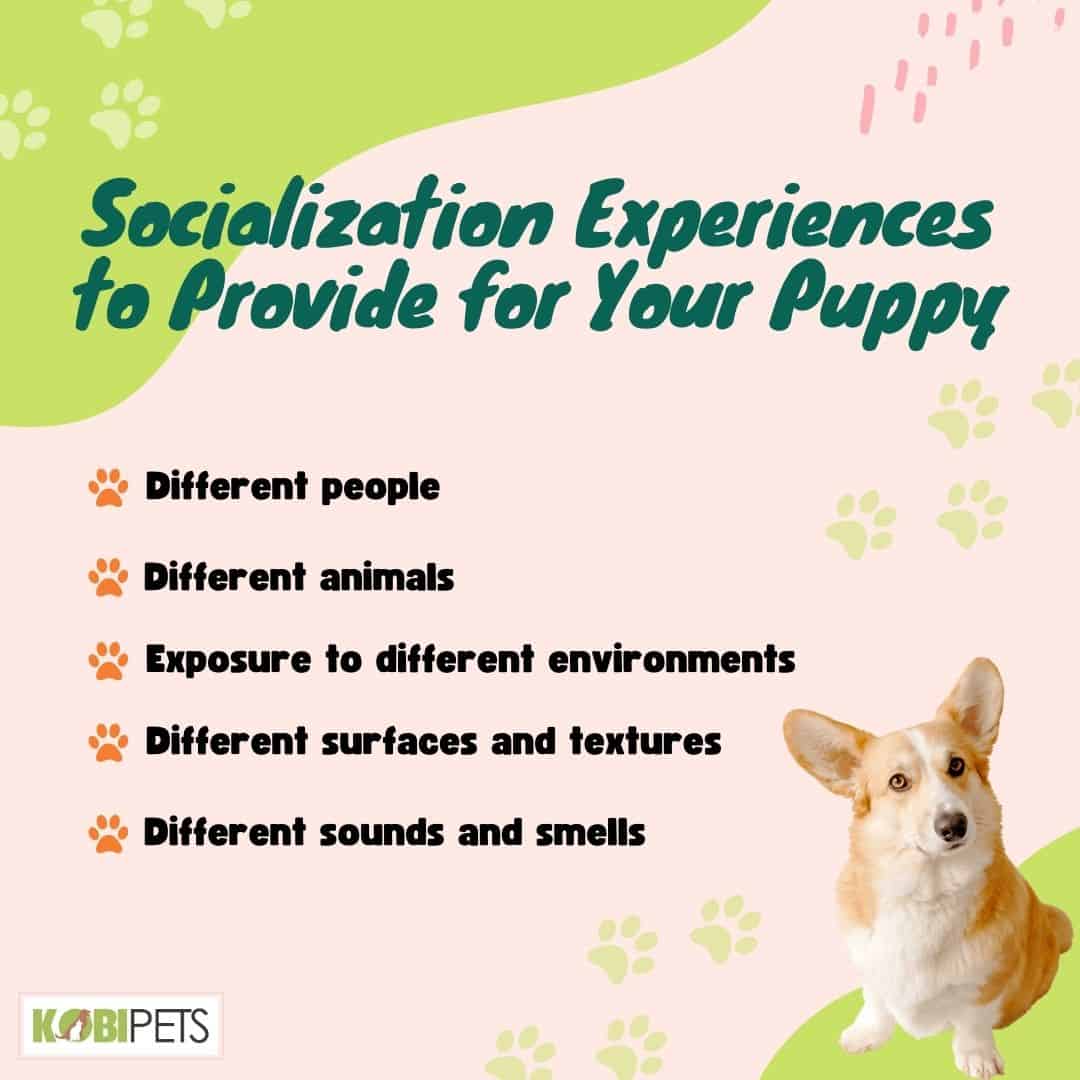
Socialization Experiences to Provide for Your Puppy
Some examples of socialization experiences to provide for your puppy include:
Different people
Introduce your puppy to a variety of people, including men, women, children, and people of different ages, races, and ethnicities. Encourage them to interact with new people by offering treats and praise.
Different animals
Allow your puppy to interact with other dogs and animals, such as cats, birds, and even livestock if possible. This will help them learn how to interact appropriately with other animals.
Different environments
Take your puppy to different places, such as parks, stores, and on walks, to help them become accustomed to different sights, sounds, and smells. This will help them learn to adapt to new environments and become more confident.
Different surfaces and textures
Expose your puppy to different types of surfaces and textures, such as grass, pavement, gravel, and carpet. This will help them become more confident and adaptable in various environments.
Different sounds and smells
Introduce your puppy to different sounds, such as traffic, fireworks, and vacuum cleaners, and different smells, such as different types of food, cleaning supplies, and other household items. This will help them become more accustomed to the variety of stimuli they will encounter in the world.
It is important to remember that socialization should be done in a positive, controlled manner and that exposing a puppy to too many new experiences too quickly can be overwhelming and potentially harmful.
Training and Positive Reinforcement
Training and positive reinforcement are essential for building a strong, positive relationship with your puppy. Positive reinforcement is a method of training that rewards good behavior with treats, praise, or other positive reinforcement. This type of training is based on the principle that animals, including dogs, are more likely to repeat behaviors that are reinforced with positive outcomes.
Using positive reinforcement to reinforce good behavior can help your puppy learn quickly and effectively. When your puppy performs a desired behavior, such as sitting or coming when called, reward them with a treat, praise, or a favorite toy. This will help your puppy understand that the behavior is desired and will be more likely to repeat it in the future.
There are several basic training commands that you can teach your puppy, including:
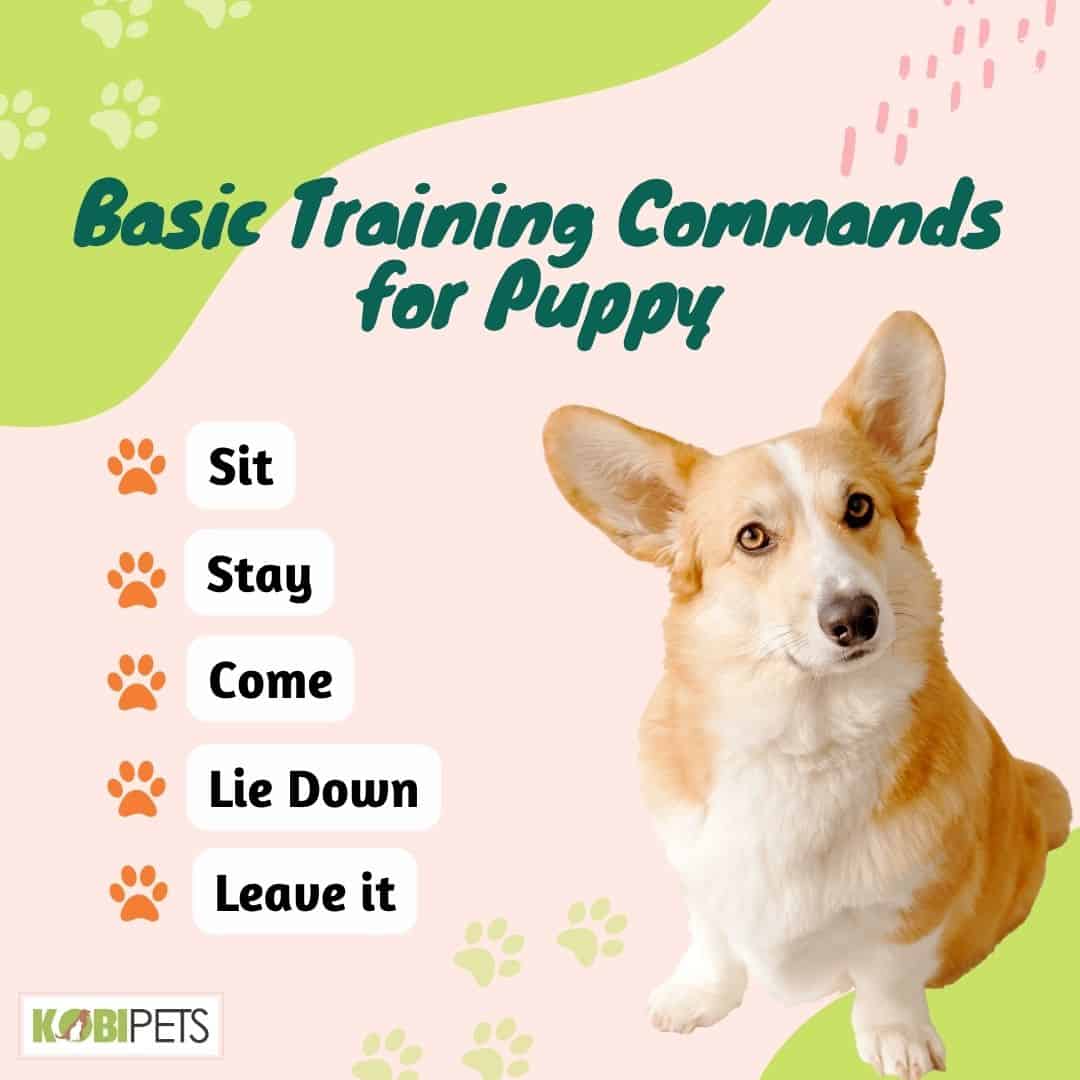
Basic Training Commands for Puppy
Sit
Teaching your puppy to sit on command is a good starting point for training. To teach your puppy to sit, hold a treat in front of its nose and gradually move it up and back, over its head, so that they sit down to follow the treat.
Stay
Teaching your puppy to stay in one place is an important command for safety and obedience. To teach your puppy to stay, have them sit, then tell them to stay and hold up your hand with your palm facing them.
Come
Teaching your puppy to come when called is an important command for safety and obedience. To teach your puppy to come, call their name and give a command, such as “Come!” while offering a treat or a favorite toy.
Lie Down
Teaching your puppy to lie down is another basic command that can help with obedience and behavior. To teach your puppy to lie down, have them sit, then move your hand from their collar down to the ground.
Leave It
Teaching your puppy to leave something alone on command can be useful for preventing them from eating something harmful or getting into something they shouldn’t. To teach your puppy to “leave it”, put a treat or toy on the ground and tell them “leave it” while pointing to it, give them a treat or toy they can have instead.
It’s important to be consistent and patient while training your puppy and to remember that puppies are still learning and may make mistakes. It’s also important to keep training sessions short and enjoyable for your puppy to maintain their interest and motivation.
Managing Problem Behaviors
Managing problem behaviors in puppies is an important part of responsible pet ownership. Common problem behaviors in puppies include:
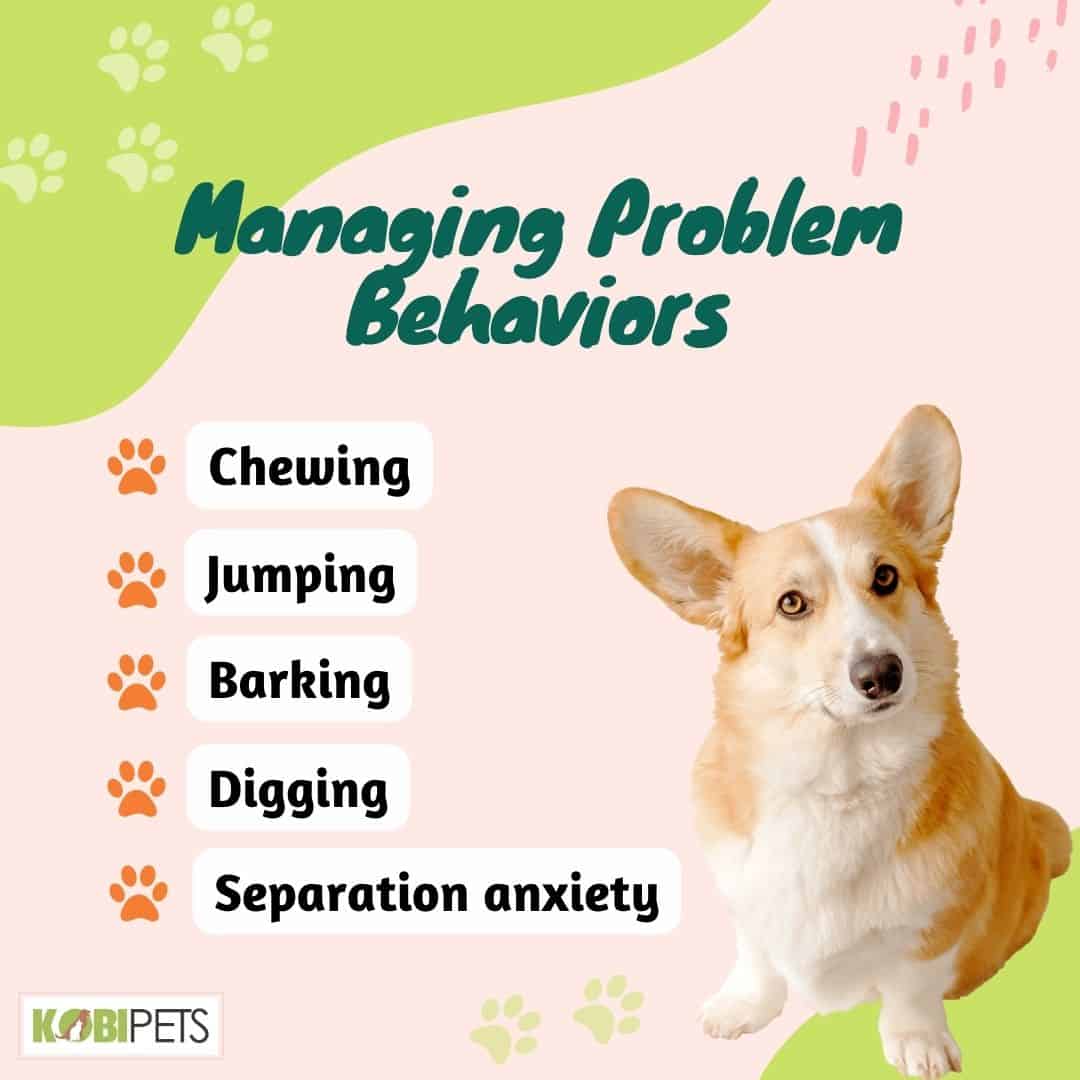
Managing Problem Behaviors
Chewing
Puppies have a natural urge to chew, but it’s important to teach them what they can and cannot chew on. Providing appropriate chew toys, and redirecting them when they start to chew on something they shouldn’t, can help prevent destructive chewing.
Jumping
Puppies may jump up on people as a form of greeting, but this can be frustrating or even dangerous for some people, particularly children or older adults. Teaching your puppy to sit instead of jump when greeting people can help prevent this behavior.
Barking
Puppies may bark excessively for various reasons, such as boredom, fear, or excitement. Identifying and addressing the underlying cause of the barking, and providing them with appropriate outlets for their energy, can help prevent excessive barking.
Digging
Some puppies may have a strong urge to dig, which can be destructive to gardens and lawns. Providing them with a designated digging area, or providing them with appropriate digging toys, can help prevent this behavior.
Separation Anxiety
Puppies may become anxious or stressed when left alone. Gradually acclimating them to being alone, providing them with appropriate toys and activities, and arranging for a dog sitter or doggy daycare can help prevent separation anxiety.
To address and prevent problem behaviors, it’s important to understand the underlying cause of the behavior and to provide positive reinforcement for desired behaviors. It’s also important to be consistent in your training and to address problems as soon as they arise.
Additionally, providing your puppy with plenty of exercises, mental stimulation, and positive reinforcement can help prevent problem behaviors from developing in the first place. It’s important to remember that puppies are still learning and may make mistakes. It’s also important to be patient and seek professional help if you are unable to address the problem behavior on your own.
In Conclusion
Socializing your puppy is an important part of responsible pet ownership. Socialization helps puppies learn how to interact appropriately with other dogs and people, reduces the likelihood of fear, anxiety, and aggression later in life, and can help strengthen the bond between dog and owner.
The best way to socialize a puppy is to introduce them to a variety of people, animals, and environments in a positive and controlled manner. Training and positive reinforcement are also essential for building a strong relationship with your puppy, as well as preventing problem behaviors from developing.






